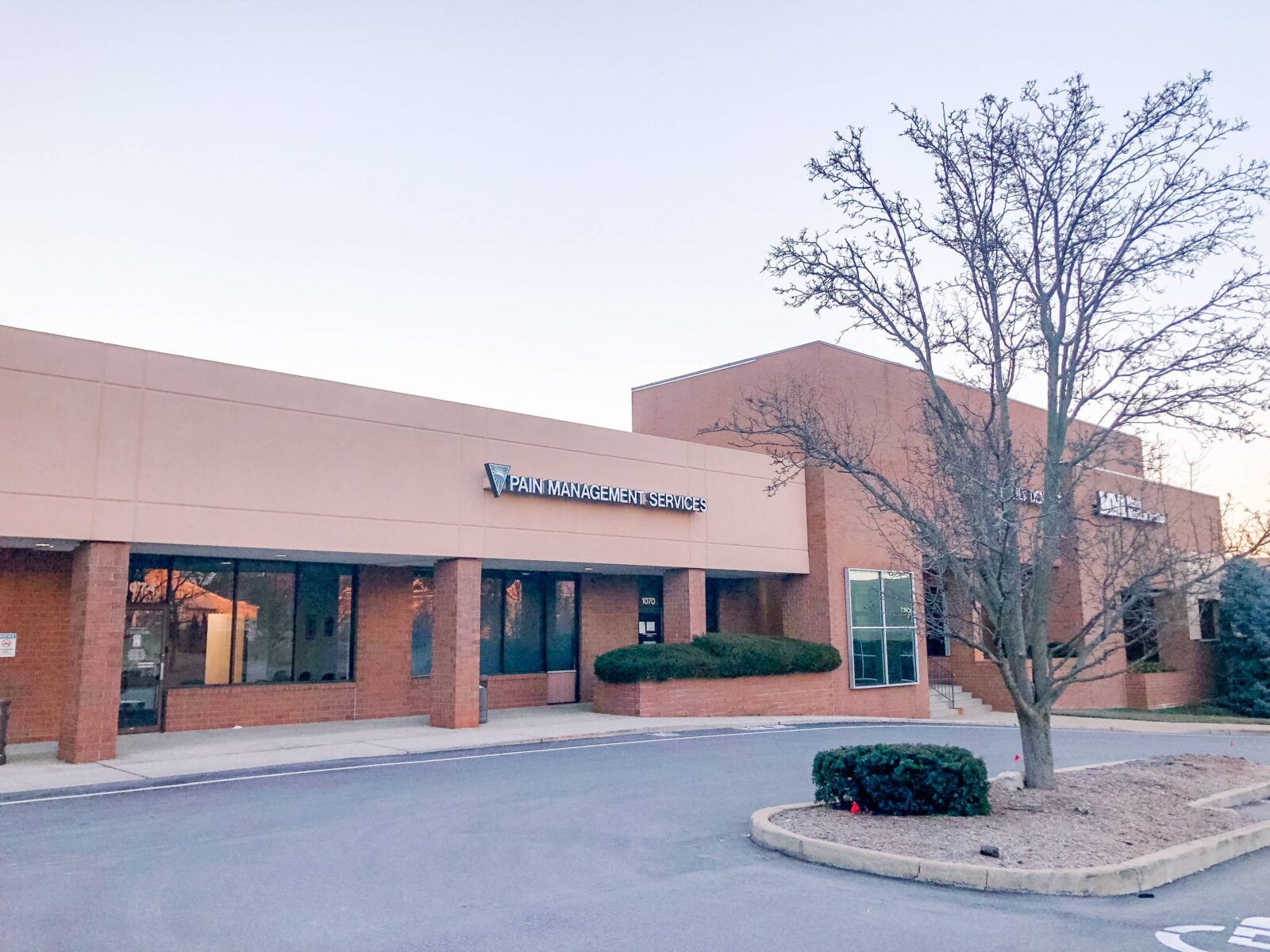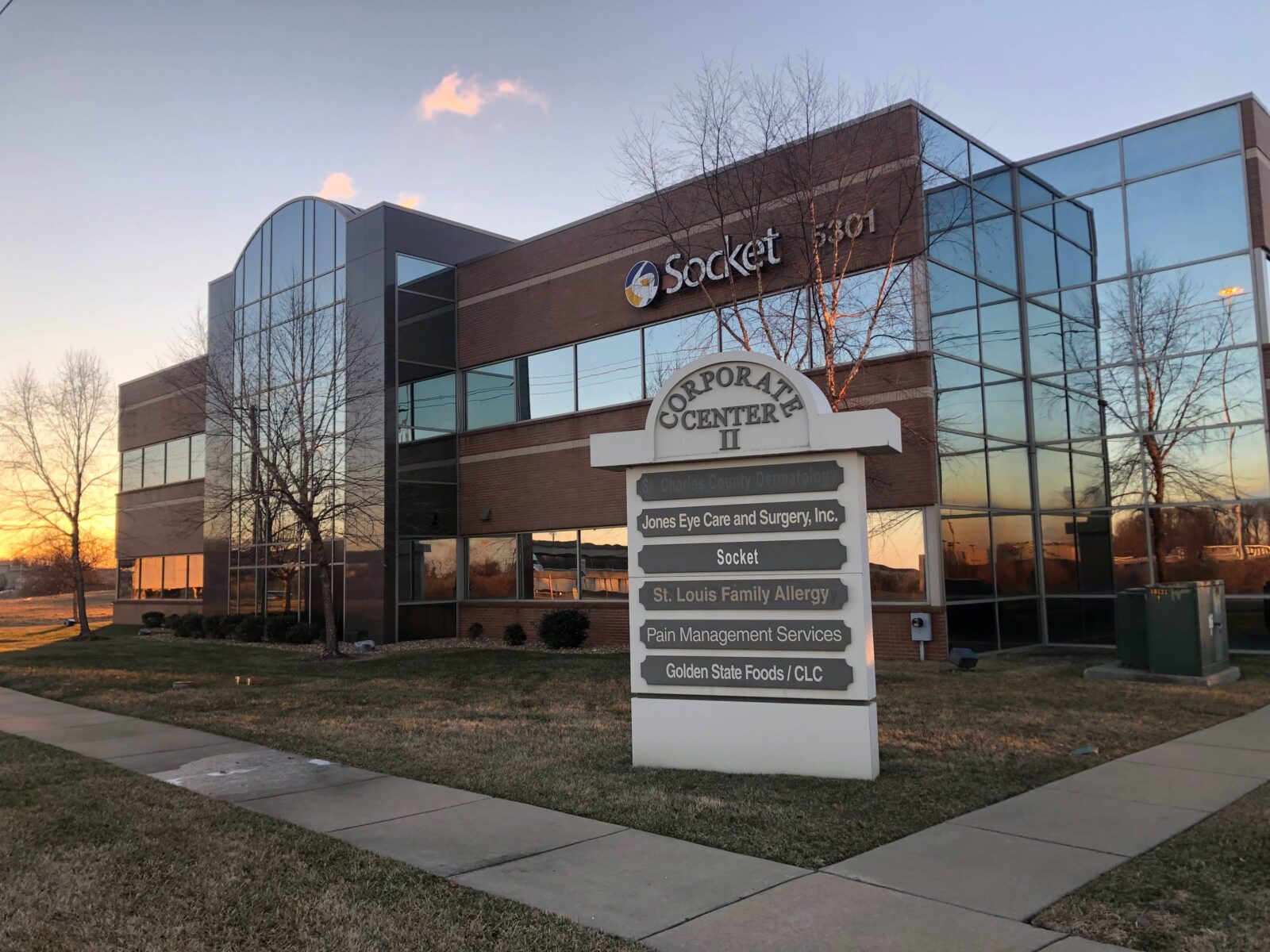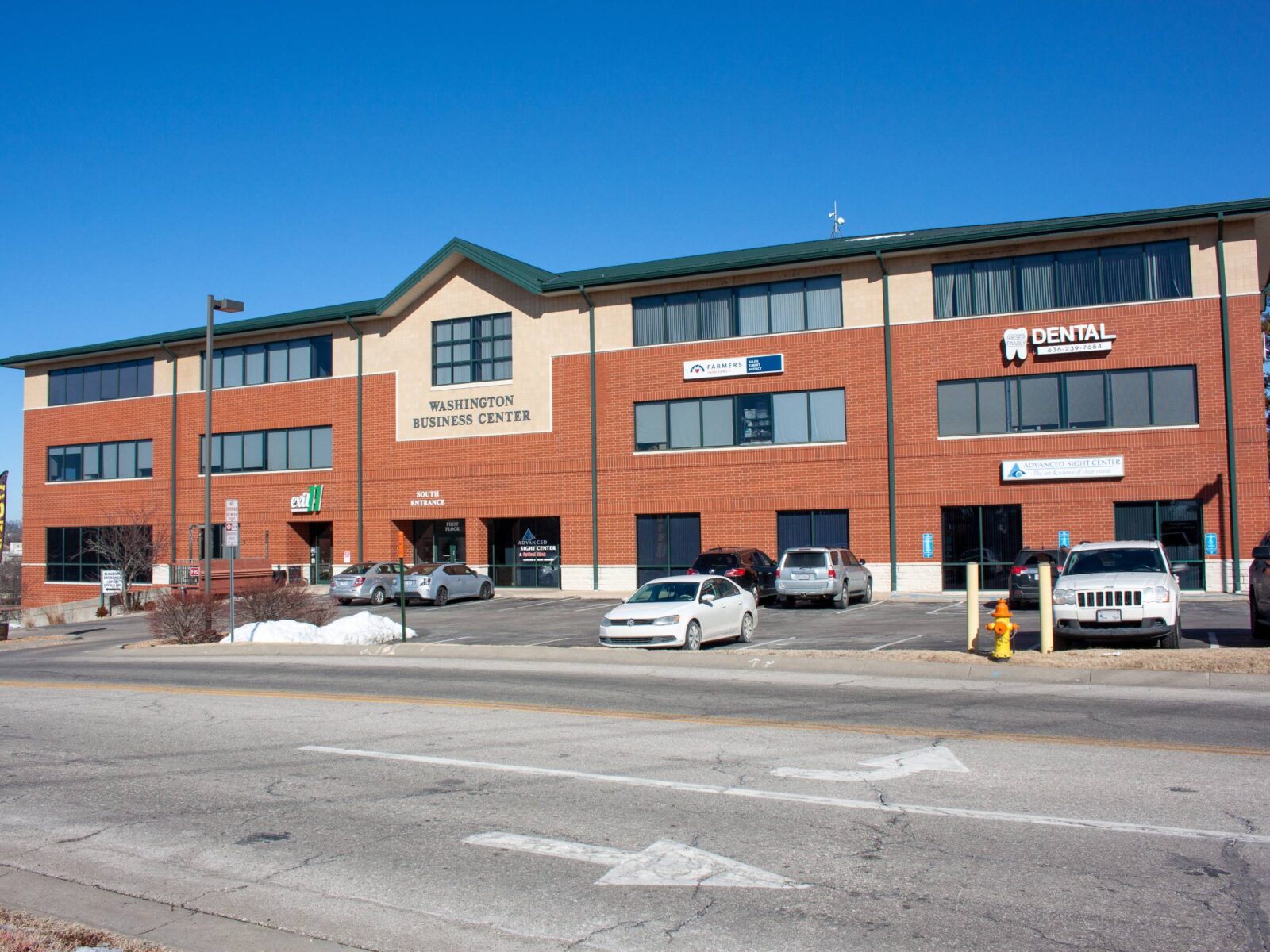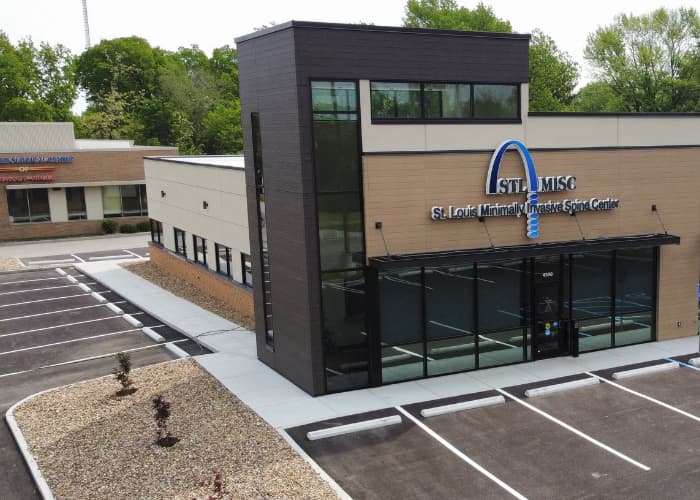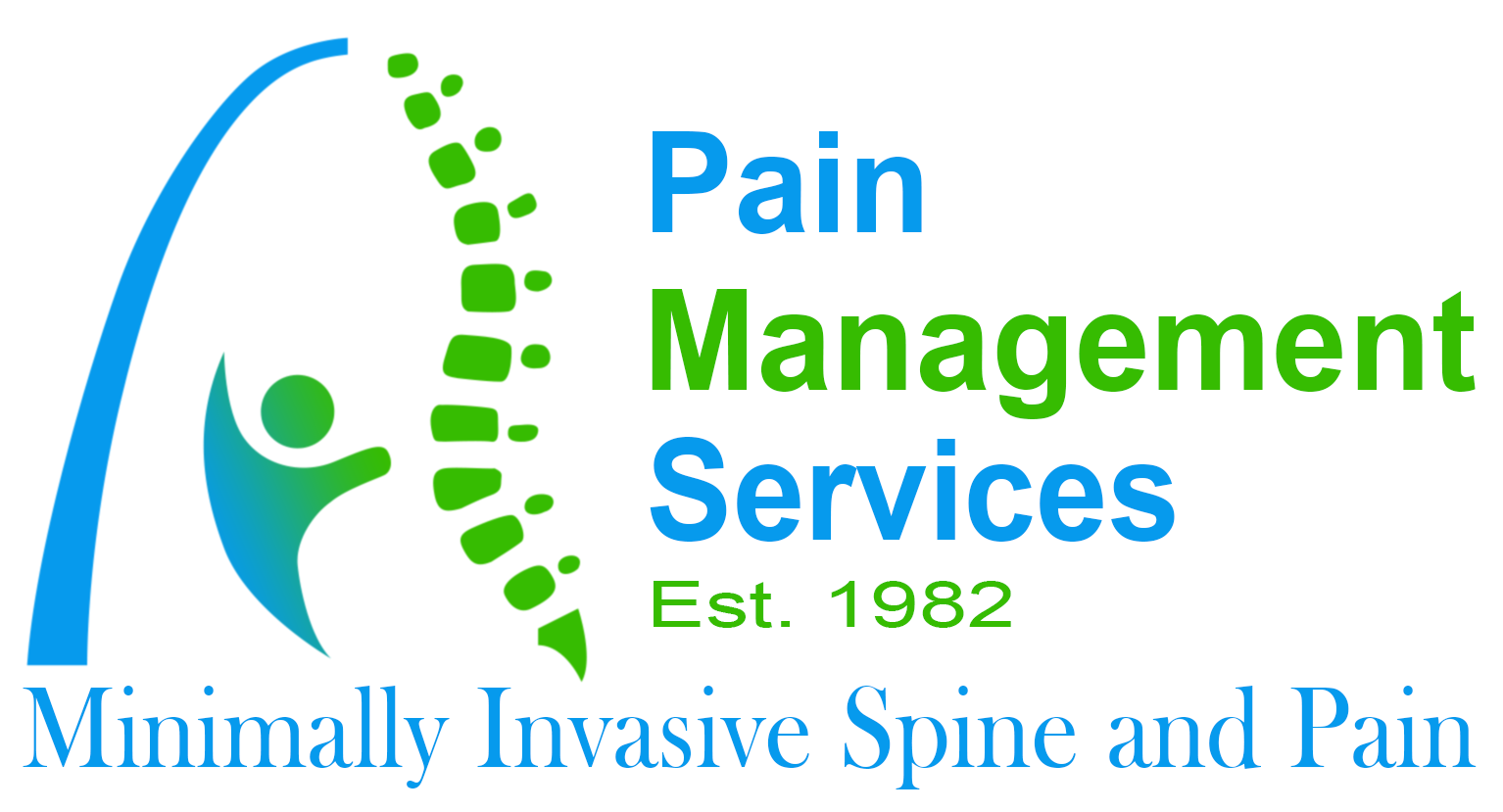When you’re living with chronic spinal pain, all you want is some form of meaningful pain relief. In previous years your options may have been limited. Before surgical approaches were used, you may have attempted to use more conservative approaches. These may have included physical therapy, medication, and the use of treatments such as heat and cold therapy. The medical field of pain management has come a long way in recent years. Modern treatment methods provide more options for avoiding surgery. When surgery is necessary, minimally invasive options provide great results with reduced recovery times.
Exploring Pain Management And Minimally-Invasive Spine Surgery
Pain management is a field of medicine focused on providing effective pain relief for those experiencing chronic pain conditions. How we experience pain differs broadly from individual to individual, with some having higher pain tolerance levels than others. Our emotional state has also been shown to be able to make us more susceptible to pain in general. Pain management is a process that is, therefore, both mental and physical in its approach. Choosing early intervention can prevent the pain from becoming chronic or reduce its intensity if it becomes chronic. Pain can be debilitating, making a significant impact on our quality of life.
Minimally Invasive Spinal Surgery
One goal of pain management is to use surgery as a last resort. However, when surgery is called for, minimally invasive procedures can provide effective relief. There are many benefits to these procedures, including:
- Reduced scarring
- Reduced procedure time
- Lower reliance on pain medication
- Faster recovery times
These procedures are preferred for their ability to minimize the damage done to healthy organs, tissues, and muscles as part of the treatment. Minimally invasive spinal surgery can address herniated discs, tumors, compression fractures, and other spinal problems. Another huge benefit is that your specialist can perform most of these procedures out-patient. This kind of procedure lets you recover in the comfort of your own home.
Pain Management Approaches To Reducing Discomfort
How your pain is approached will depend on a number of factors. Among them are the severity of the pain, how long you’ve been experiencing it, and the location of that pain. Controlling your pain won’t necessarily require a visit to a physician. Headaches and pulled muscles, for instance, can be treated at home with over-the-counter remedies. However, problems from more complex sources, such as spinal pain, will generally require the assistance of a specialist. In these cases, it’s important to consult with a specialist to talk about the origin of your pain. They’ll take time to work with you to develop an effective treatment plan moving forward.
Which Solution Is Right For Your Pain?
Determining which type of treatment is best suited for your pain is something that you should decide with your doctor or specialist. Most practitioners will try a variety of non-surgical approaches before opting to try a surgical route. When surgery becomes necessary, minimally-invasive surgery is preferred. This method of treatment has a long history of success with limited complications. Those who prefer not to try an ongoing series of therapies prior to getting surgery may opt for it from the start. However, it is likely that your physician will still want to try a few non-surgical approaches before operating. The ultimate decision is ultimately up to you and your physician. Reach out to your specialist today to schedule a consultation today. They’ll work with you to determine which options are best based on your pain facts.






